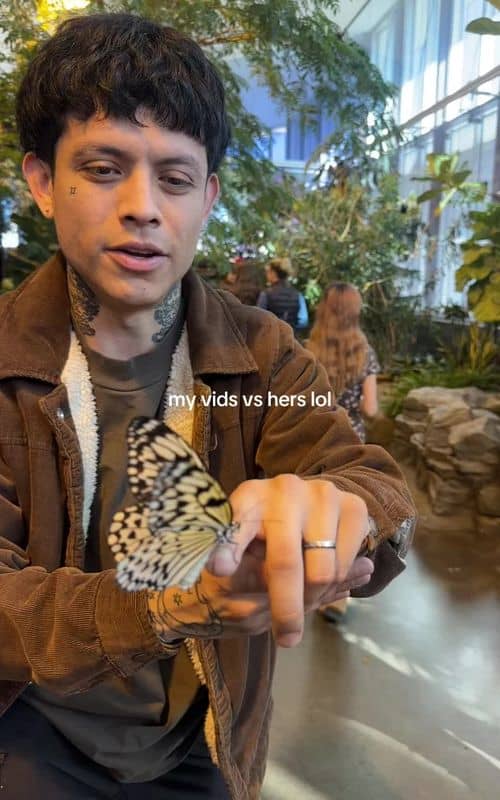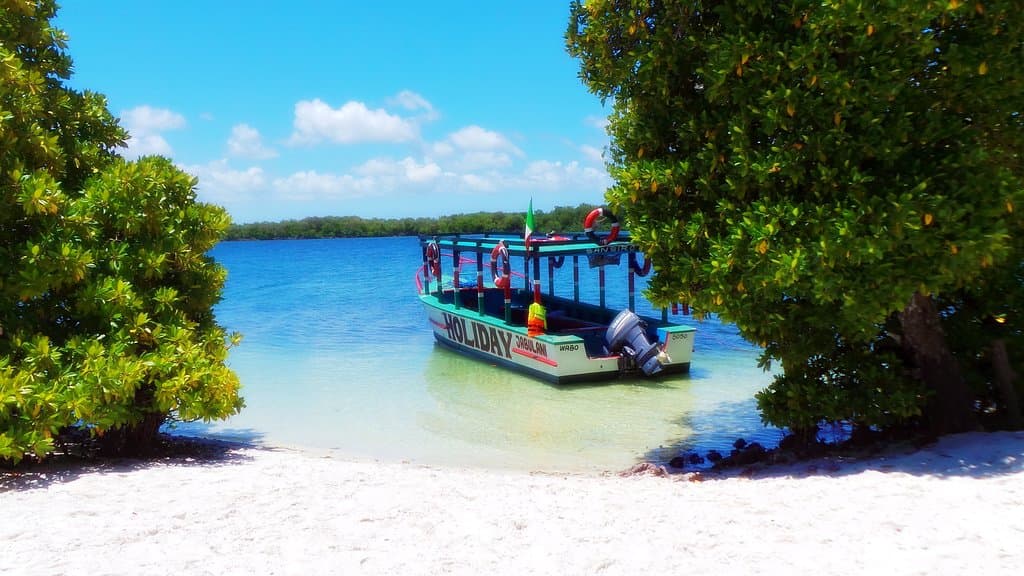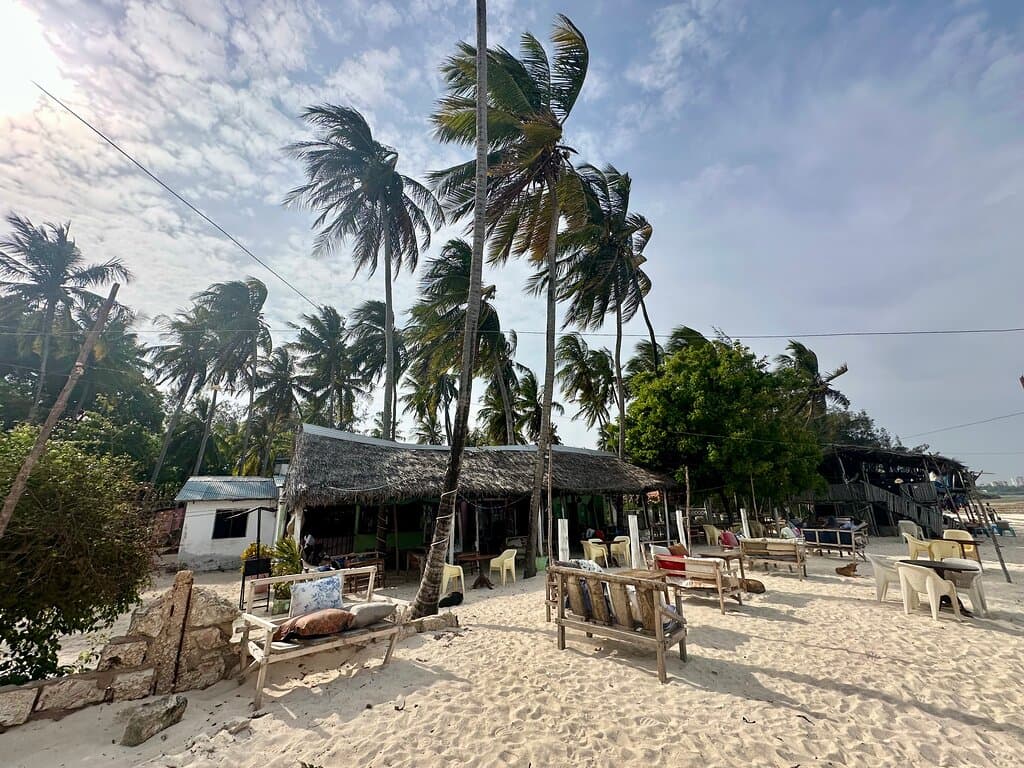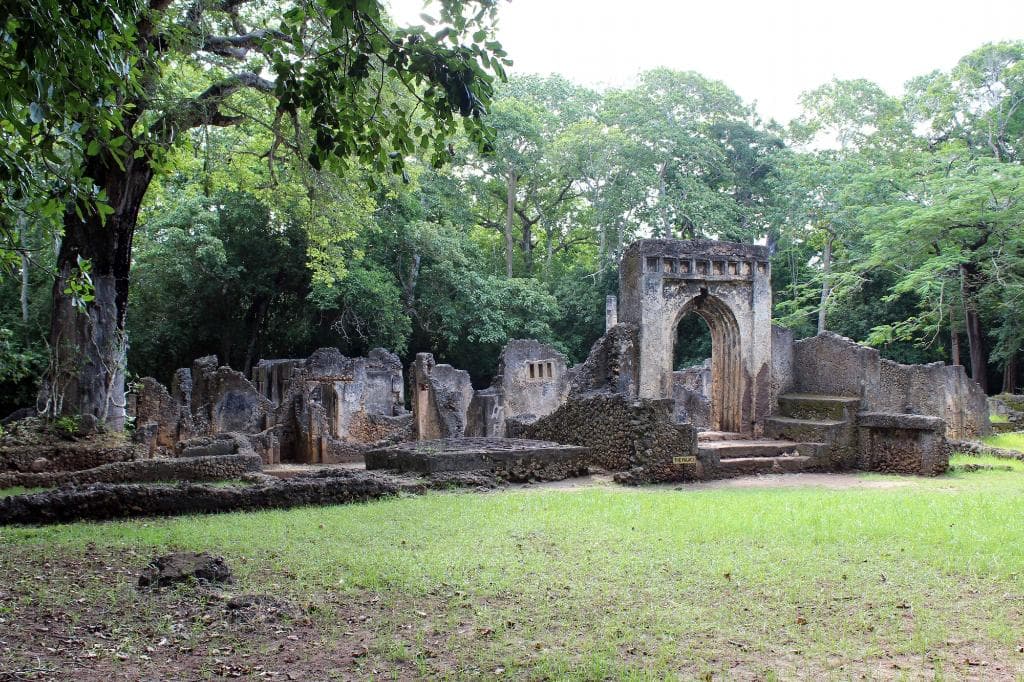Kipepeo Butterfly Project Gede
A community-based project linking conservation and development by empowering local farmers to rear butterflies for export.
Highlights
Must-see attractions

Social
From TikTok & Reddit
Best Time
Fewer crowds, active butterflies
Kipepeo Butterfly Project Gede
Best Time
Fewer crowds, active butterflies
Highlights
Must-see attractions
A community-based project linking conservation and development by empowering local farmers to rear butterflies for export.
"A lovely community project that benefits the environment and families around the forest. "
🦋 Embrace the Flutter
Allow butterflies to land on you; it's a magical moment!
💰 Support Local Farmers
Your entry fee directly aids community conservation efforts.
Highlights
Discover the most iconic attractions and experiences
The Butterfly House
Enclosed space with brushes and flowers
Wander through an enclosed sanctuary filled with hundreds of free-flying butterflies. A truly magical experience.
Lifecycle Education
Information displays and guide
Learn about the fascinating lifecycle of butterflies through informative charts and guided explanations.
Pupae Hatching Area
Dedicated area for pupae
Witness the incredible process of pupae hatching into beautiful butterflies.
Plans like a pro.
Thinks like you
Planning Your Visit
Timing Your Visit for Maximum Flutter
Understanding the Project's Impact
Best Times
Insider Tips
from TikTok, Instagram & Reddit
🦋 Embrace the Flutter
Allow butterflies to land on you; it's a magical moment!
💰 Support Local Farmers
Your entry fee directly aids community conservation efforts.
🚶♀️ Gentle Exploration
Move slowly and quietly to best observe the butterflies.
📸 Photography Tips
Be patient for the perfect shot; natural light is best.
Tips
from all over the internet
🦋 Embrace the Flutter
Allow butterflies to land on you; it's a magical moment!
💰 Support Local Farmers
Your entry fee directly aids community conservation efforts.
🚶♀️ Gentle Exploration
Move slowly and quietly to best observe the butterflies.
📸 Photography Tips
Be patient for the perfect shot; natural light is best.
💧 Stay Hydrated
It can get warm inside the butterfly house.
What Travellers Say
Reviews Summary
Visitors praise the Kipepeo Butterfly Project for its unique concept of community empowerment through butterfly rearing and its educational value. The chance to see hundreds of butterflies up close is a highlight, especially for families. However, some reviews note that the washroom facilities are below standard and not suitable for foreign visitors.
"Super cool concept of enabling the community to earn a living from breeding butterflies. There’s information on the lifecycle of butterflies and the type or butterflies in the area. Also shows the communities that benefit from this project. Entry is 100ksh for adults and 50ksh for kids. Meaningful work!"
Berny Kalu
"Lovely community project that benefits the environment and families around the forest. Nice place to take children who are curious and love to see animals and learn about conservation"
MK
"Kipepeo Butterfly's house and attached snake farm in Watamu is recommended and very informative on snakes and butterflies. Unfortunately, the washrooms and toilets are below any standard and not suitable for foreign visitors."
Peter Schwabe
What People Like
What People Dislike
Frequently Asked Questions
🚇 🗺️ Getting There
The Kipepeo Butterfly Project is located adjacent to the Gede Ruins on the coast of Kenya. You can reach Gede by public transport from Malindi or Watamu, or by private taxi. Many visitors combine a visit to the butterfly project with the nearby Gede Ruins.
Yes, it's generally well-signposted and located near the popular Gede Ruins, making it easy to locate for most tourists.
From Watamu, you can take a matatu (minibus taxi) towards Malindi and ask to be dropped off at the Gede Ruins turn-off, which is a short walk from the butterfly project.
Yes, you can drive to the Kipepeo Butterfly Project. There is usually parking available near the entrance, especially if you are also visiting the Gede Ruins.
Absolutely! The Kipepeo Butterfly Project is right next to the historic Gede Ruins, and some sources mention an attached snake farm in Watamu that might be worth exploring.
🎫 🎫 Tickets & Entry
The entry fee is typically 100 KSH for adults and 50 KSH for children. This affordable price makes it a great value for the experience.
Advance booking is generally not required for the Kipepeo Butterfly Project. You can usually purchase tickets upon arrival.
While specific discounts aren't widely advertised, the already low prices for adults and children make it very accessible for families.
Opening hours can vary, but it's best to visit during daylight hours when butterflies are most active. Early mornings and late afternoons are often recommended.
Yes, it's highly recommended for families with children who love animals and learning about nature and conservation.
🎫 🦋 Onsite Experience
You'll see an enclosed space filled with hundreds of free-flying butterflies, learn about their lifecycle, and see pupae hatching. It's a beautiful and educational experience.
Yes, it's quite common and a highlight for many visitors! Be patient, and you might have a butterfly land on you.
A friendly guide is usually available to show you around and provide additional information using charts and explanations.
A visit to the Kipepeo Butterfly Project is typically a short, educational experience, often lasting around 30-60 minutes, especially when combined with the Gede Ruins.
Photography is generally allowed, but be mindful of the delicate environment and avoid using flash that might disturb the butterflies.
🍽️ 🍽️ Food & Dining
There are no dedicated food or dining facilities within the Kipepeo Butterfly Project itself. It's a short visit focused on the butterflies.
You'll find various local eateries and restaurants in the nearby town of Gede or in the larger tourist hubs of Malindi and Watamu, which offer a wider range of dining options.
While not explicitly stated, it's generally advisable to consume any personal food and drinks outside the butterfly enclosure to maintain the environment.
📸 📸 Photography
Early mornings and late afternoons, when the light is softer and butterflies are more active, are ideal for photography.
While not explicitly mentioned for Kipepeo, some butterfly exhibits elsewhere have restrictions on tripods. It's best to check on arrival or use handheld techniques.
Use a macro lens if possible to capture intricate details. A fast shutter speed can help freeze the butterflies' movements.
Be patient and move slowly. Butterflies are often attracted to flowers, so focus your attention there.
It's generally recommended to avoid using flash as it can startle and disturb the butterflies. Natural light is preferred.
For Different Travelers
Tailored advice for your travel style
👨👩👧 Families with Kids
It's a safe and contained environment, making it easy for parents to supervise. The affordable entry fee also makes it a budget-friendly outing. Consider combining your visit with the nearby Gede Ruins for a fuller day of exploration and learning.
🌿 Nature Enthusiasts & Conservationists
The opportunity to see various local butterfly species up close in their semi-natural habitat is a treat. It's a chance to appreciate the biodiversity that the project helps to protect. The project's commitment to sustainability and community involvement makes it a truly inspiring destination.
📸 Photographers
While tripods might be restricted (as seen in similar venues ), handheld macro photography can yield stunning results. Capturing the delicate patterns and vibrant colors of the butterflies requires a keen eye and a steady hand. Be mindful of your movements to avoid disturbing these beautiful creatures.
Deep Dives
In-depth insights and expert knowledge
The Conservation Connection
Farmers earn a significant income from this work, with some making up to 6000 shillings a month, which is a substantial amount in the local economy. This economic benefit is a powerful motivator for conservation, demonstrating that the forest's biodiversity is valuable alive and thriving. The project's success highlights the importance of such community-based conservation models.
Visitors can learn about this symbiotic relationship during their visit. Information charts and guided explanations detail how the project operates, from the collection of eggs and larvae to the careful rearing of pupae. This educational aspect underscores the meaningful impact of your visit, as your entry fee directly contributes to this vital conservation effort.
Experiencing the Butterfly House
The experience is often described as magical and dreamlike, with many visitors hoping for a butterfly to land on them – a wish that often comes true! The guides are knowledgeable and friendly, offering insights into the different species and their behaviors. They use visual aids like charts to explain the butterfly lifecycle, from egg to adult.
It's a relatively short but impactful visit, perfect for families with curious children who love animals. The close proximity to the butterflies and the educational aspect make it a memorable and engaging experience. Remember to move gently and quietly to fully appreciate the delicate beauty surrounding you.
Community Impact and Sustainability
This model empowers the community, turning them into stewards of their environment. The income generated allows families to meet their needs, invest in education, and improve their quality of life, all while contributing to global conservation efforts. The export of pupae to live exhibits in Europe, America, and Arabic countries demonstrates the project's international reach and significance.
When you visit Kipepeo, you're not just observing butterflies; you're actively participating in a successful conservation story. Your admission fee is a direct investment in this sustainable model, supporting both the environment and the people who protect it. It's a powerful reminder of how tourism can be a force for good.



Social
from TikTok, Instagram & Reddit